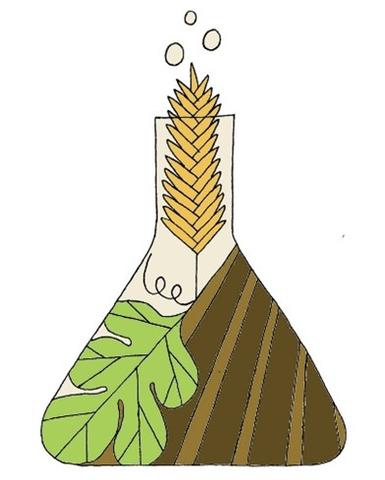Summary
NIST is using advanced measurement capabilities to provide integrated multi-omic analysis to plant science researchers and agronomy industry partners who are creating new crops, treatments, and strategies to increase production and combat diseases. By collaborating across government, NIST provides high quality measurement science to help gain insight into infectious agent-vector-plant problems in US agriculture at the protein and metabolite level. These accurate measurements will provide security to the US economy, resilience against existing and emerging diseases, and long-term production sustainability.
Description

Plant science and breeding aim to develop new plant phenotypes with desired qualities, increased production, disease resistance, and traits that reduce water usage. At the federal level, plant research is conducted by the USDA's Animal and Plant Health Inspection Service (APHIS) and Agricultural Research Service (ARS). NIST researchers use cutting-edge measurement techniques to help direct hybrid and transgenic breeding, and to develop molecular tools for disease monitoring, treatment, and mitigation. For example, disease agents can be viral, bacterial, or fungal and may be transmitted by vectors such as white flies and psyllids that infect the host plant. The response of this complex agent-vector-host system can be characterized at the molecular level of each component to better understand host response, agent virulence, and vector transmission. Through improved proteomic and metabolomic analysis, NIST is helping to discover effective disease treatments and accelerate plant breeding for resistance, flavor quality and productivity.
Currently, the Biochemical and Exposure Science Group is working with the USDA to define projects related to sweet potato and watermelon breeding, white fly management, and virus resistance. With other USDA collaborators, NIST is studying citrus greening disease (a currently uncurable psyllid-borne bacterial infection that has infected an estimated 80% of the Florida citrus population and has cost over $3.6 billion in losses [J. Hu and N. Wang]). NIST’s expertise in proteomics and metabolomics are being used to overcome measurement obstacles and promote innovative agriculture practices that support sustainability and security in the U.S. food chain. Future efforts will engage USDA, research institutes, and industry stakeholders.

